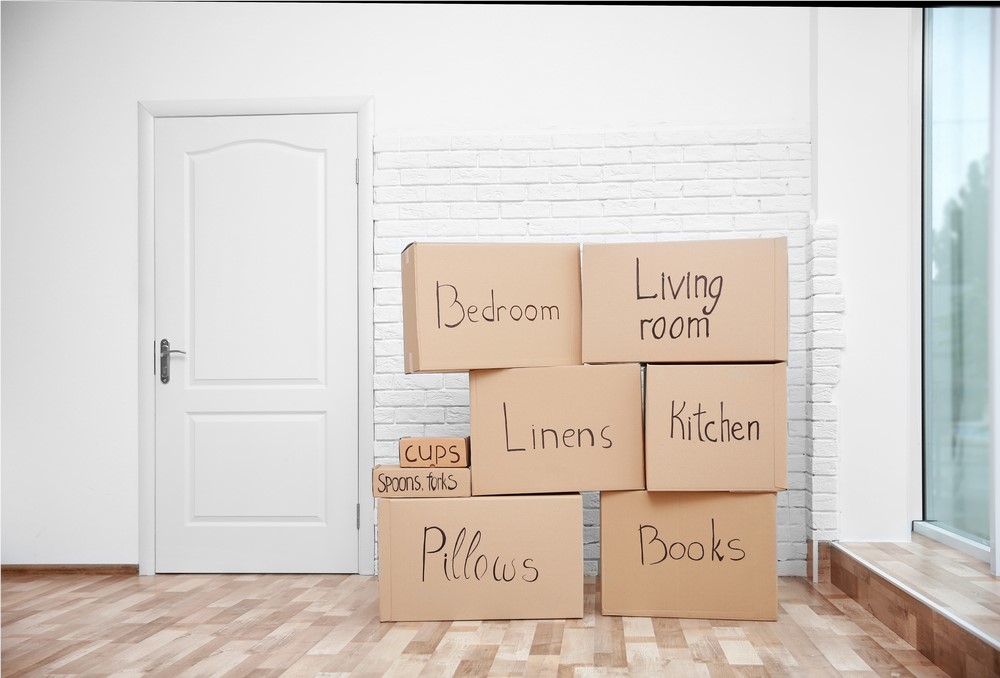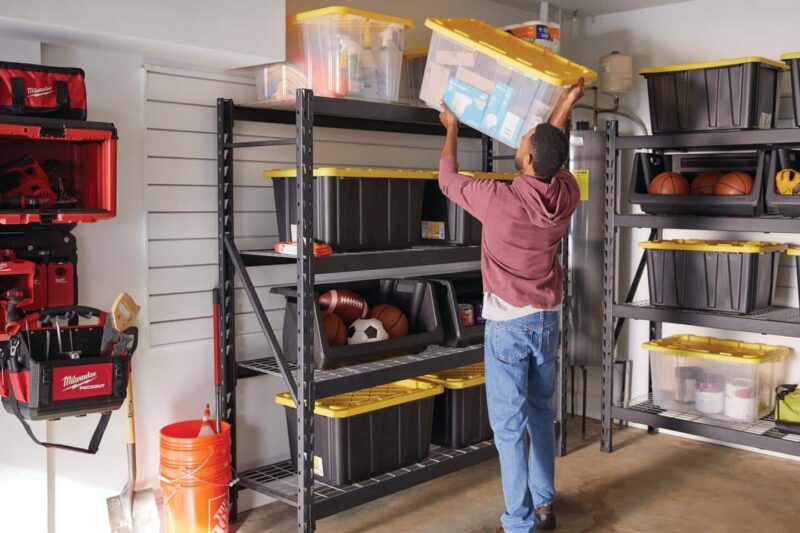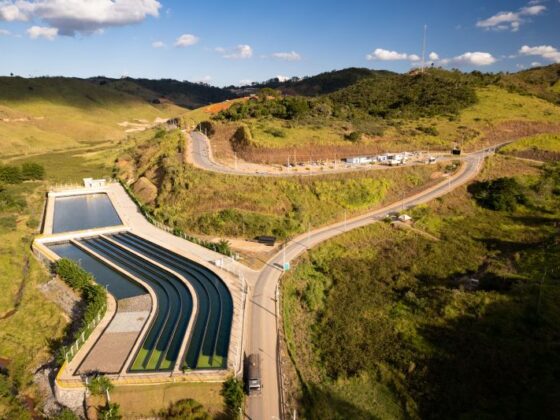Planning a long-distance move can feel like navigating a labyrinth—overwhelming and often unpredictable. Amidst the chaos of packing boxes and securing transport, lies a critical question: what belongings are truly worth keeping? Each item holds a memory, a purpose, or perhaps just a place in your heart, but not everything can or should make the journey with you.
The challenge extends beyond mere logistics; it’s about prioritizing what enriches your new life while minimizing the weight of the past. This article ventures into the essential strategies for identifying what to retain, offering mindful storage solutions that ease the transition and help you embrace your new beginning with clarity and purpose.
Let’s explore together the balance between the sentimentality of your possessions and the practicalities of a fresh start.
Choosing the Right Storage Option

Choosing the right storage option for your long-distance move requires careful consideration of several factors that can significantly impact your experience. First and foremost, assess the volume and nature of items you intend to keep; delicate antiques demand climate-controlled environments, while seasonal items like winter gear may fare well in simple mini-storage units.
Also, think about location—will your storage facility be close to your new home or the interim spot? Convenience can save you time and stress. Budget is another critical aspect; compare prices and services to ensure you get the best value without compromising safety and accessibility.
Ultimately, consider the duration for which you need storage, as some facilities offer better rates for long-term commitments, while others provide flexibility for short-term needs. Choosing wisely will not only safeguard your belongings but also streamline your transition.
Inventory Management

Effective inventory management is vital for a smooth long-distance move, transforming what could be a chaotic ordeal into an organized expedition. Start by categorizing your belongings into essential, sentimental, and non-essential items; this will streamline your packing process and bring clarity to your decision-making.
As you sift through your possessions, consider creating a detailed inventory list, perhaps even accompanied by photographs, to keep track of what you’re taking and what you might leave behind. Be ruthless! Use this opportunity to declutter your life, as each item you discard or donate can lighten your load—both physically and emotionally.
Additionally, employ color-coded labels or bins to signify the priority of items, allowing for easy access upon arrival at your new home. Embrace this phase as a chance for renewal; after all, what you choose to keep should reflect not just what you own, but who you aspire to be in your new adventure.
Budgeting for Storage

Budgeting for storage during a long-distance move can often feel like a daunting task, but with the right approach, it can become a manageable part of your planning process. Start by assessing how much space you actually need—consider not only the items you want to keep but also the cost of similar items if you were to replace them later.
Storage facilities come in various shapes and forms, from climate-controlled units ideal for delicate items to smaller lockers that might suffice for your seasonal wardrobe. Prices can vary significantly based on location and amenities, so it pays to shop around and compare options.
Factor in the duration of your stay as well; some facilities offer discounts for long-term rentals that might sway your decision. Moreover, don’t forget to include potential hidden costs like insurance and access fees, as these can quickly add up.
By carefully evaluating your needs and the associated costs, you can securely store your belongings without overspending, keeping your long-distance move both efficient and economical.
Conclusion
In conclusion, navigating the complexities of a long-distance move can be significantly enhanced with the right storage solutions. By thoughtfully considering what belongings you truly need to keep and what can be stored or discarded, you can streamline your relocation process and reduce stress.
Whether you choose to utilize the services of local movers or opt for a DIY approach, prioritizing your essentials and decluttering unnecessary items will not only ease the physical burden but also provide clarity in setting up your new space. With careful planning and the appropriate storage strategies, your transition can become a seamless and organized adventure, allowing you to focus on creating new memories in your new home.


